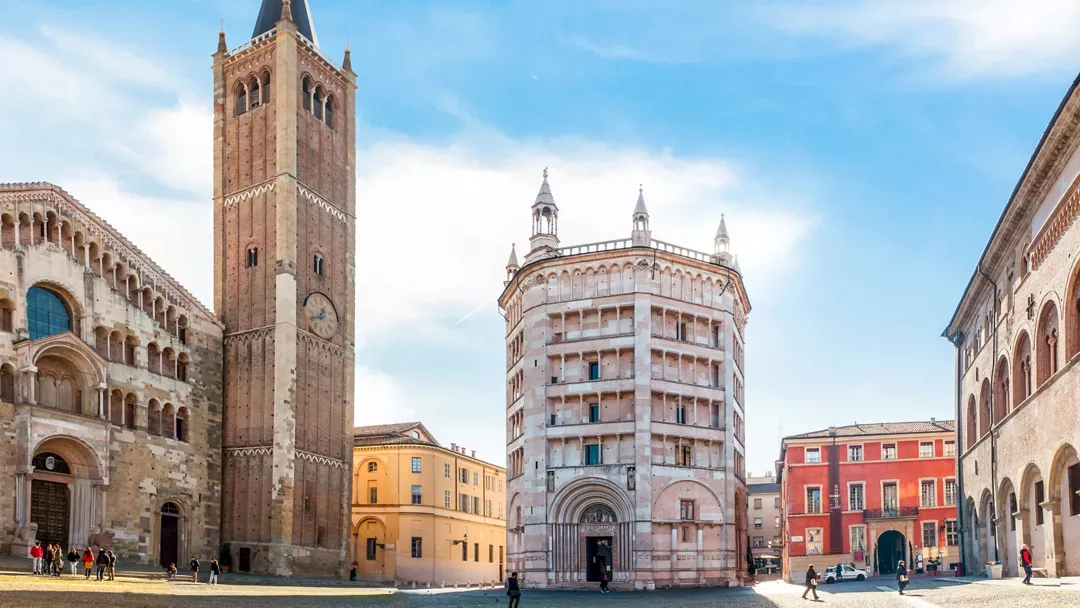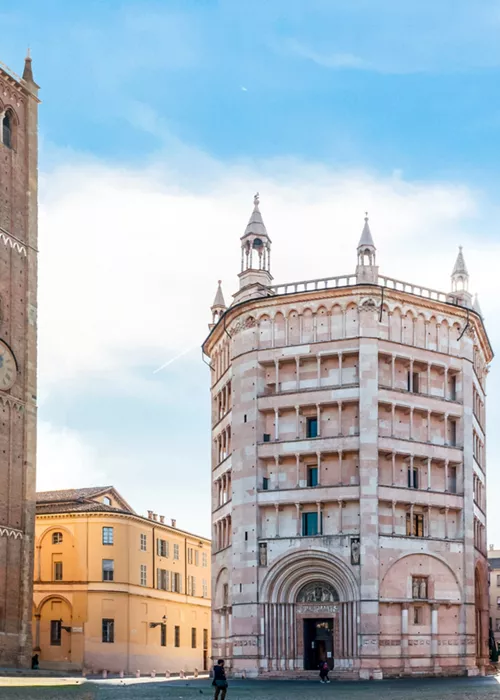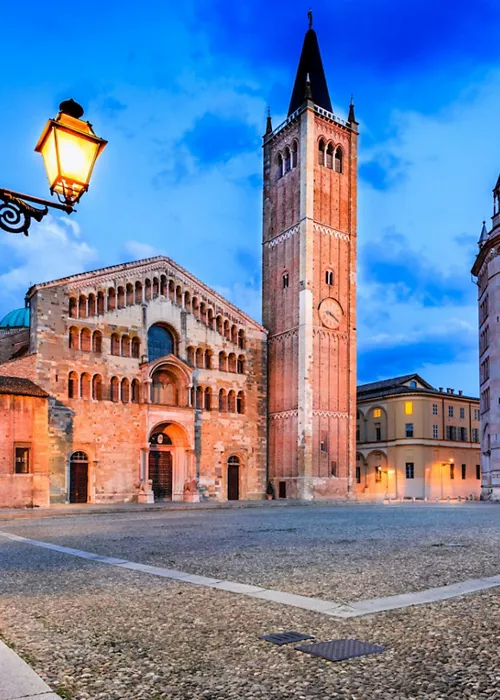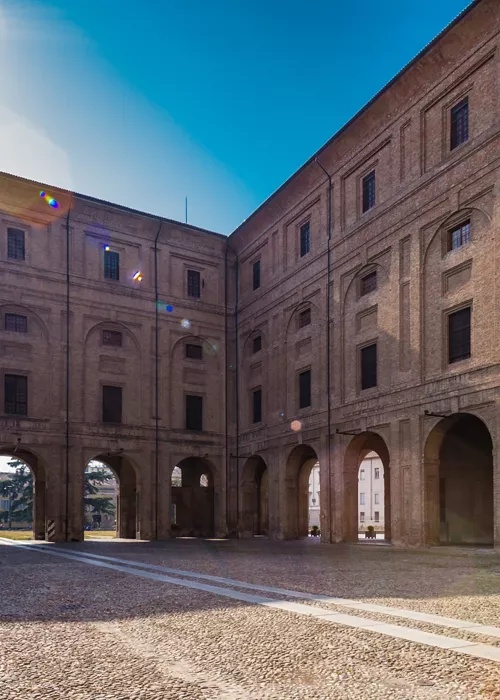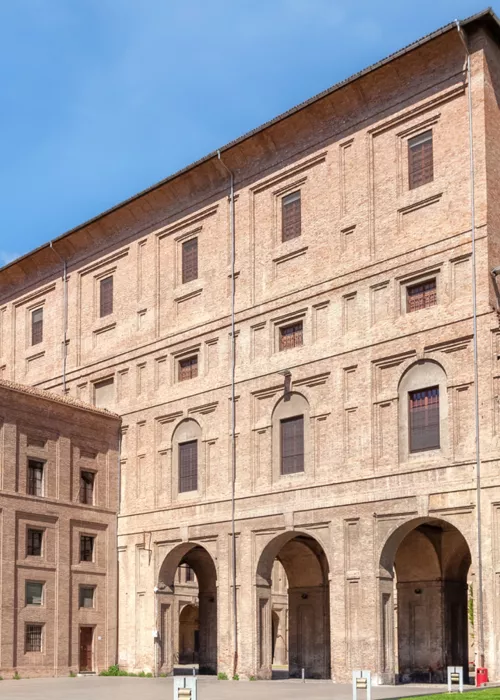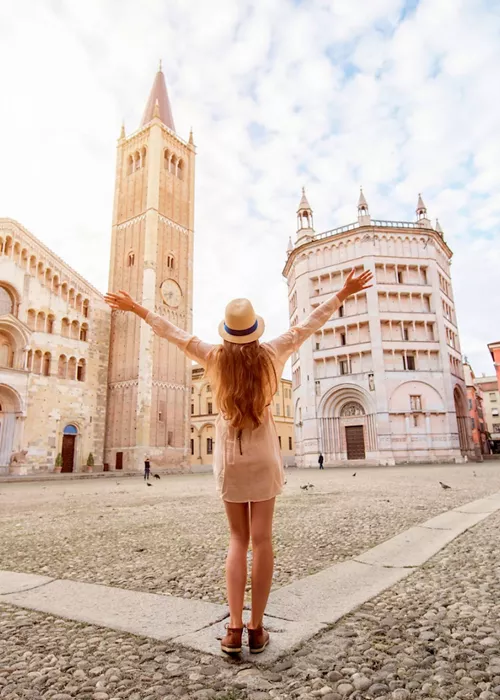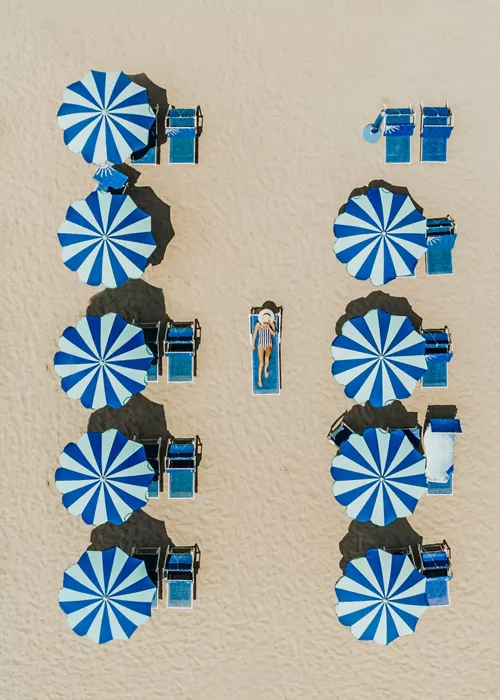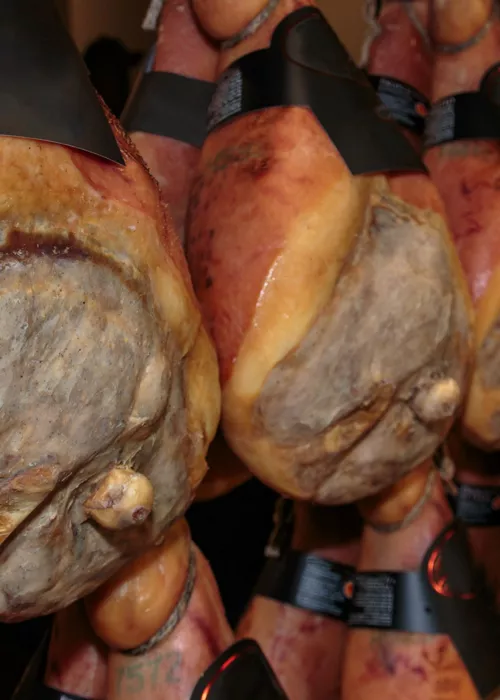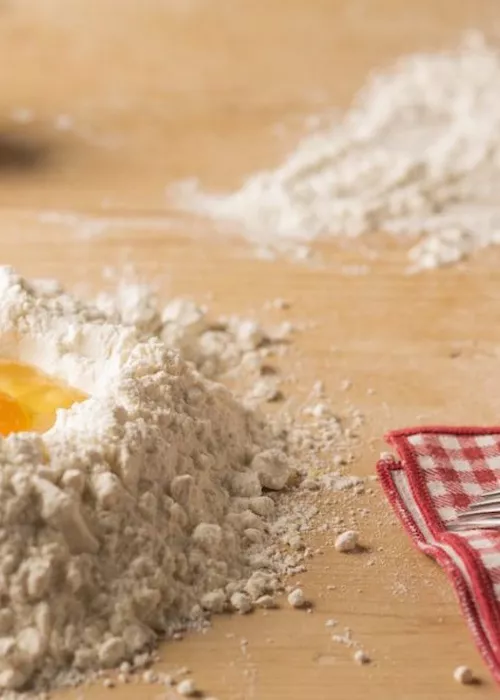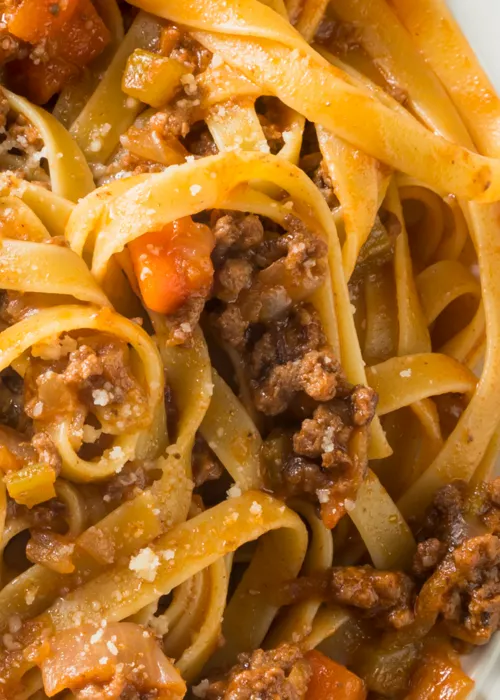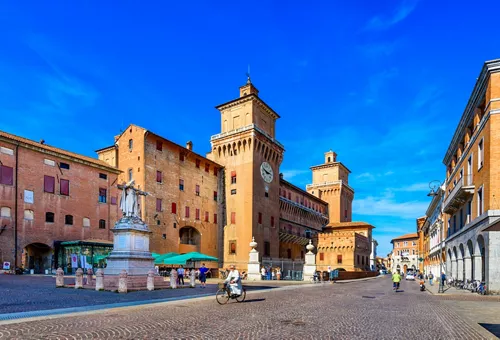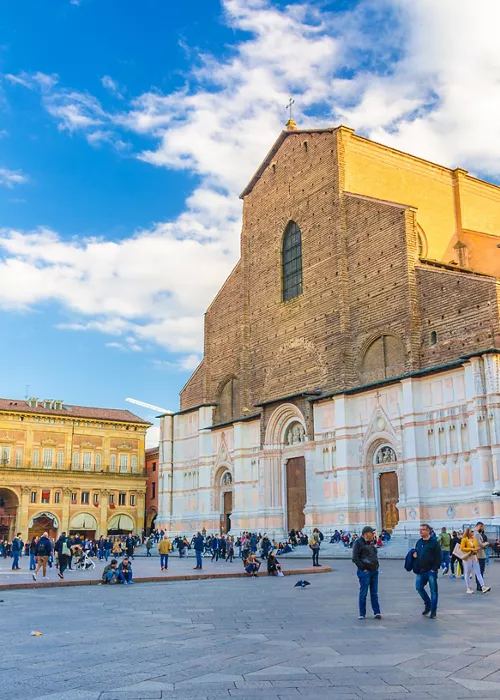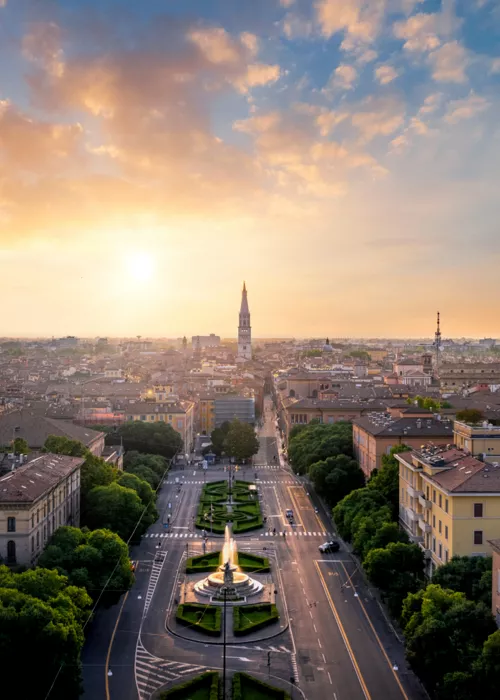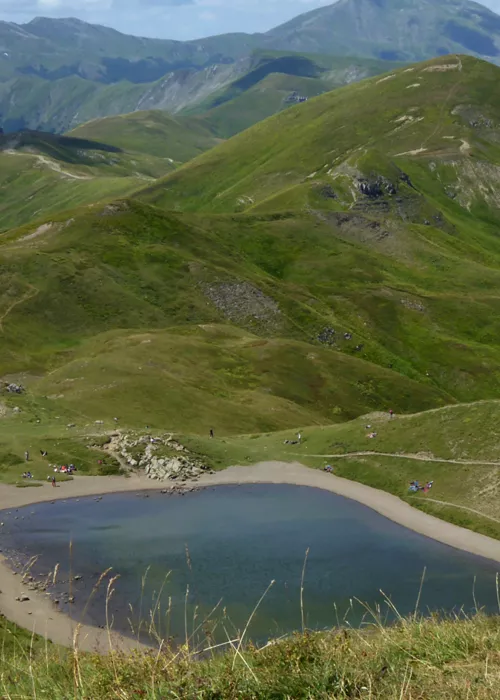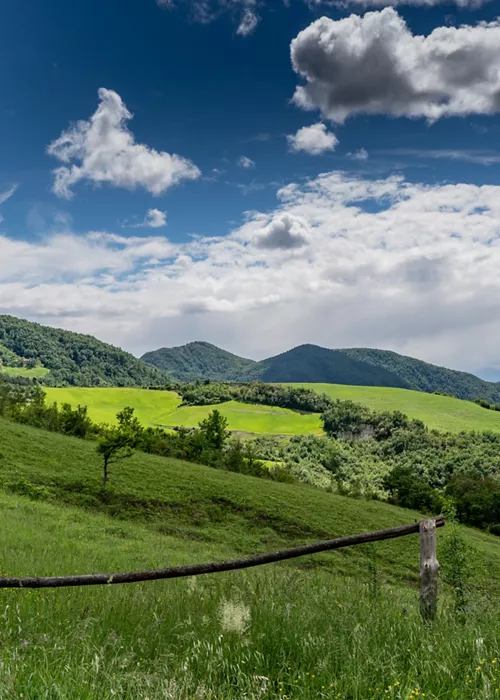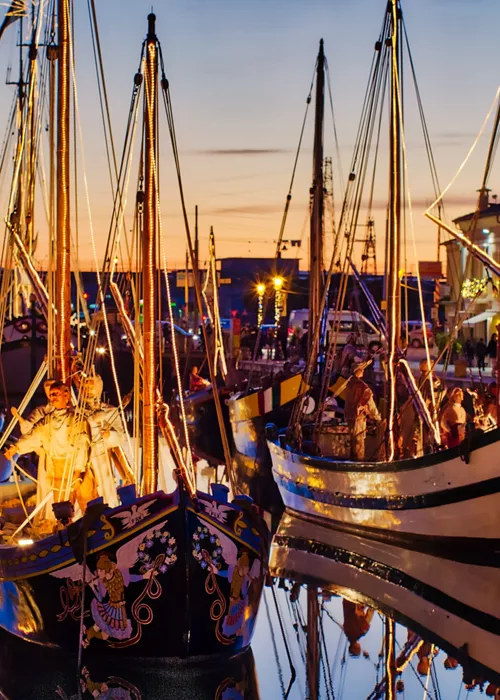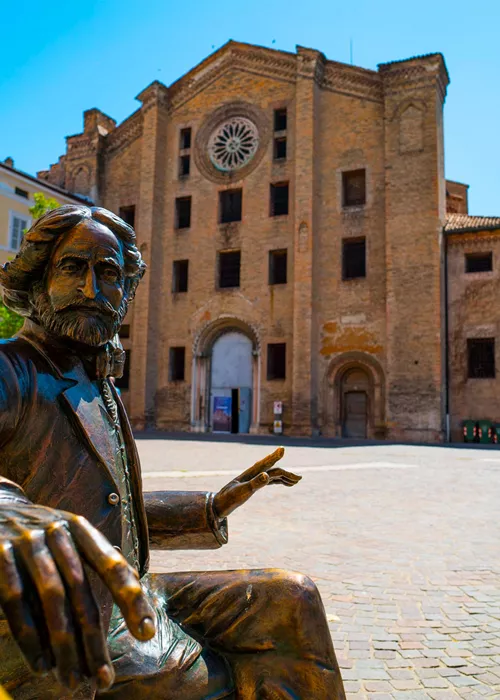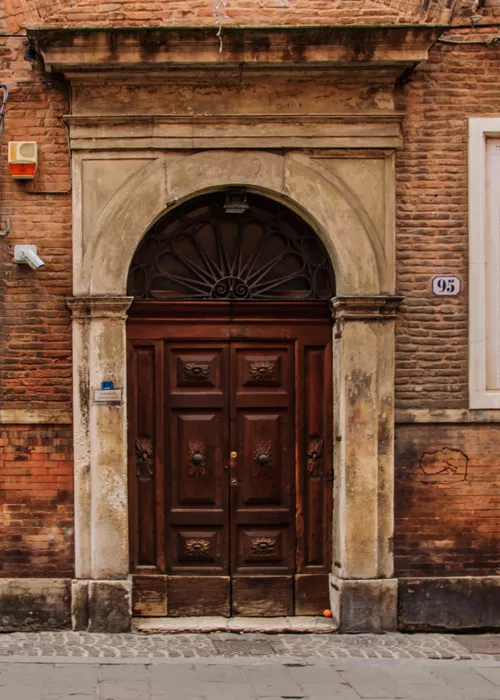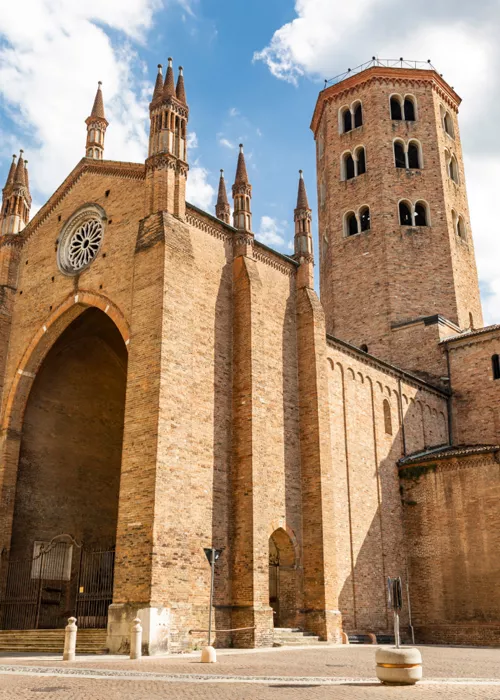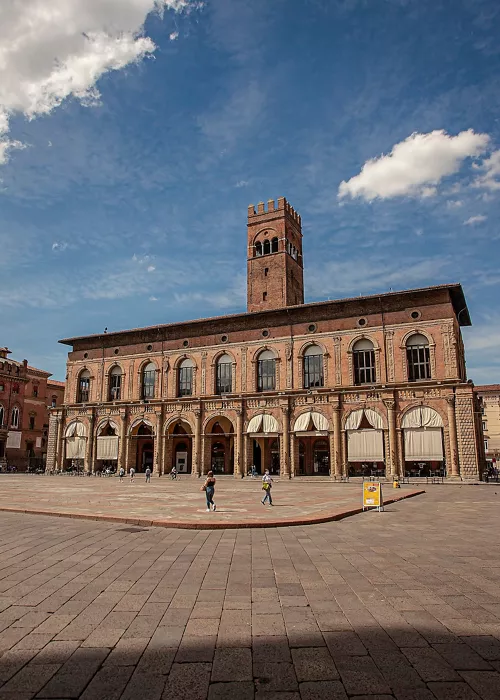Parma, city with theatre, music and excellent cuisine
5 minutes
With its many important monuments, rich museums and famous churches, it is a destination to fall in love with instantly.
Considered by many to be a little Paris because of its refined appearance, Parma is not only a city of culture, theatre and music, but also a UNESCO Creative City for gastronomy in Italy and the capital of the Food Valley from which products of Italian industry leaders originate around the world: Parma ham and Parmigiano Reggiano, to name but a few.
This magical place, Emilia-Romagna's second largest city by population after Bologna, is the ideal stop to be enchanted by its history, its artistic and cultural beauties, and its flavours envied throughout the world.
The history and magic of Parma
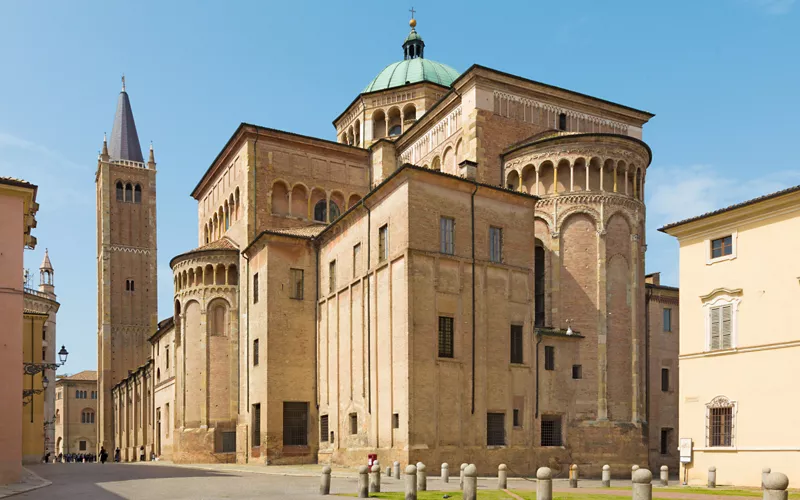
Parma's history dates back to the Lower Palaeolithic, with subsequent evidence from the Bronze Age. Founded in 183 BC by the Romans, Parma was a reference point for the surrounding plain thanks to the Via Emilia, which favoured the development of sheep breeding and agriculture.
Later conquered by the Lombards, it became the seat of a Duchy and the Parma segment of the Via Francigena was born: the city had a flourishing of castles and inns to welcome the many pilgrims and wayfarers. Gradually the bishops obtained temporal power, but Parma intervened in the conflict over investiture with two anti-popes, Honorius II and Clement III.
After the defeat of Emperor Frederick II, Parma was conquered by the Visconti and then by the Sforza, who managed it with the help of the great noble families, but the French and the Church eventually got hold of it. Pope Paul III, in an attempt to create a buffer state between Spanish power in Lombardy and the state of the Church, assigned the Duchy of Parma and Piacenza to his son Pier Luigi Farnese, followed by his second son Ottavio Farnese. The Farnese made Parma a large capital, rich in art and marvellous monuments.
The Duchy was repeatedly in the hands of the Bourbons and Philip founded the Bourbon-Parma dynasty, helping to make the city a cultural centre in Europe. An example of this is the Palatine Library, commissioned by the dukes Philip and Ferdinand of Bourbon.
The Congress of Vienna assigned the Duchy to Maria Luigia of Austria, Napoleon Bonaparte's second wife. The beloved sovereign pursued an absolute state policy with ministers of foreign origin, reflexively protecting the city from the first Risorgimento uprisings, but upon her death the Duchy reverted to the Bourbons.
The plebiscite of 1860 decided the annexation to Piedmont and thus to the Kingdom of Italy.
What to see in Parma: 4 unmissable sites
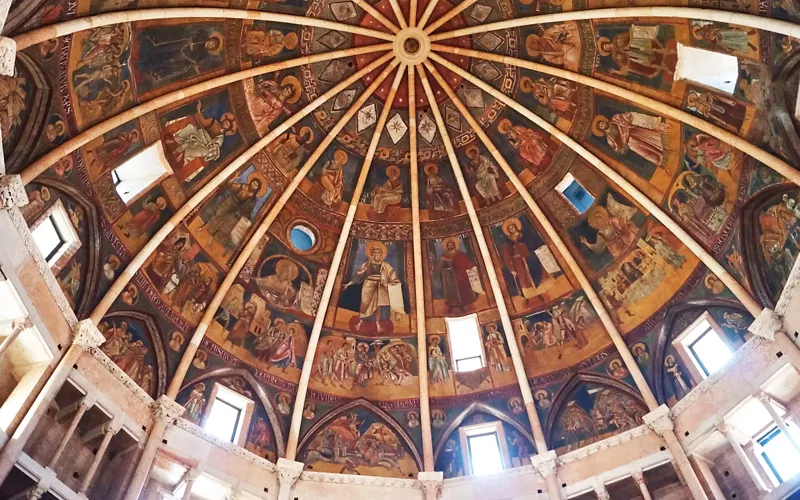
Breathe in the atmosphere of the ancient and flourishing duchy and lose yourself in its immense cultural heritage: here is what to see in Parma to be properly enchanted by this city.
- The Parma icons: the Parma Cathedral is the first stop. Located in one of the most beautiful squares in Italy, it is considered a marvellous example of Lombard Romanesque architecture and preserves Renaissance works of great value, starting with the dome frescoed by Correggio. Next to the cathedral stands the Baptistery of Parma, another symbolic site of the city, covered entirely in pink marble and embellished with paintings and frescoes.
- Parma with ingenuity: Teatro Farnese in Parma deserves an in-depth visit. Built from 1616 onwards, it is an incredible example of ingenuity: the characters could be lowered from above, the stage layout was mobile and it was equipped with a system for stage flooding of the caveat.
- Artistic Parma: a stop at the Galleria Nazionale di Parma is a must to see the masterpieces this city hosts. In fact, it houses works produced from the Middle Ages onwards by such sacred names of art as Correggio, Beato Angelico, Leonardo, Cima da Conegliano, Giulio Romano, Van Dyck, Bronzino, Tintoretto, Canaletto, Bellotto, Tiepolo and many others.
3 ideas on what to do in Parma
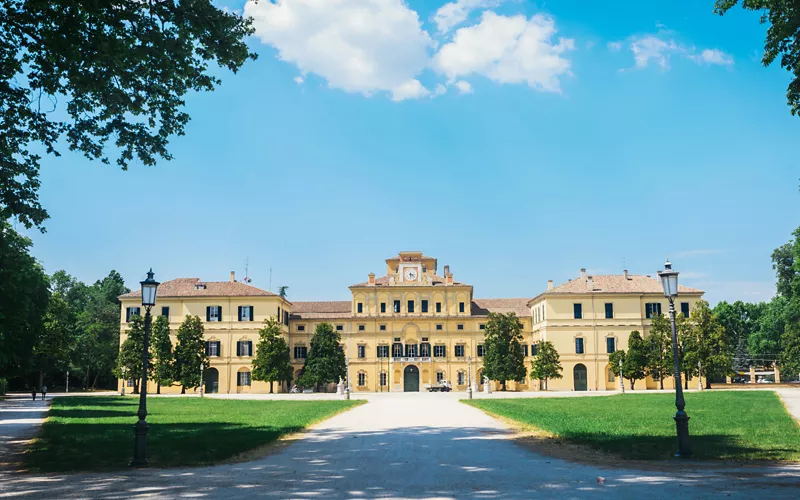
Lively and bubbly, Parma boasts a young nightlife thanks to the many university students who live here. So, what to do in Parma in this climate?
If you’re in search of music and entertainment don’t miss the July Parma Cittadella Musica event with many shows and concerts at the Parco Ducale.
Gourmands will be delighted to take one of Parma's food and wine tours, guaranteed to savour all the best of tradition. Finally, it is worth dedicating an entire day to the Palazzo della Pillotta, the monumental complex commissioned by Ottavio Farnese that houses the National Archaeological Museum, the Farnese Theatre, the Palatine Library, the National Gallery and the Bodoniano Museum. A true journey into art and culture.
What to eat in Parma: 4 specialities
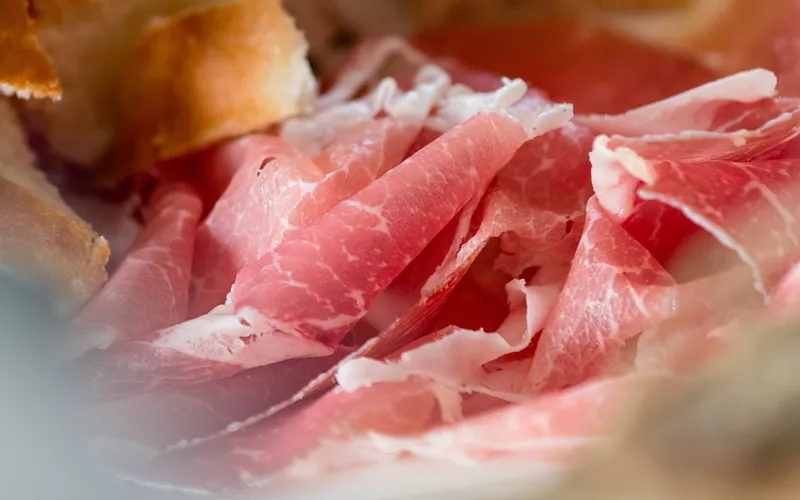
While the whole area of Emilia Romagna is known for its delicious culinary tradition, Parma has become a UNESCO Creative City for Gastronomy. What to eat in Parma? Start with the four best-known specialities, but rest assured, that’s just for starters!
- So start with Parmigiano Reggiano, Italy's most famous cheese protected by the PDO label and of higher quality, and Parma ham, a delicacy that the world envies us – and tries to copy – which admits salt as its only preservative.
- Go on with the culatello di zibello, created with the leg of pork stuffed into its own bladder, it is listed among the Slow Food Presidia of Emilia Romagna.
- Cold cuts and cheese can be tasted together with torta fritta, a typical street food: squares of dough rolled out thinly and fried in lard. An unparalleled delight.
Unique places in Parma
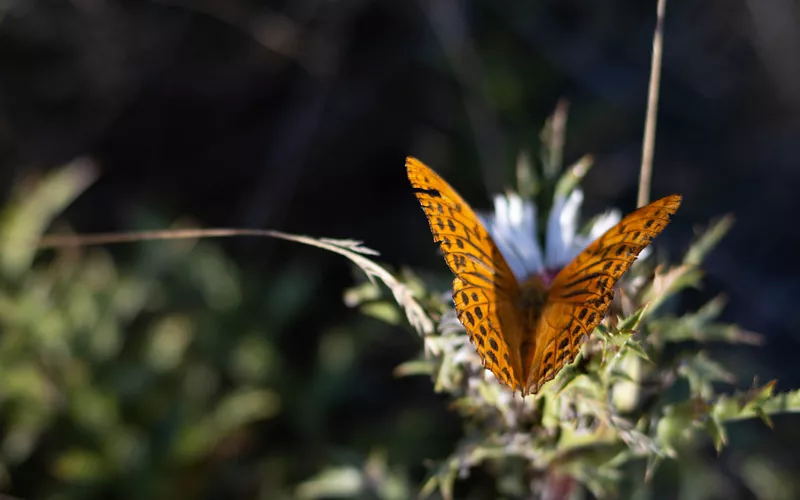
In this city rich and indulgent in pleasures, let yourself be seduced by the unusual places in Parma that you won't find in tourist guides.
It starts with the APE Museo Parma, a scenic venue for concerts, art exhibitions, theatre performances, conferences, lectures and book presentations.
Fascinating and little-visited, yet historic, is the Antica Farmacia San Filippo Neri: a galenical laboratory in Parma that is still intact, with its original structure dating back to 1789, and narrates the evolution of pharmaceuticals from the 17th to the 20th century.
The Botanical Garden of Parma is an opportunity for relaxation and nature: dedicated to scientific knowledge, it is home to a large number of plants and animals of different species.

